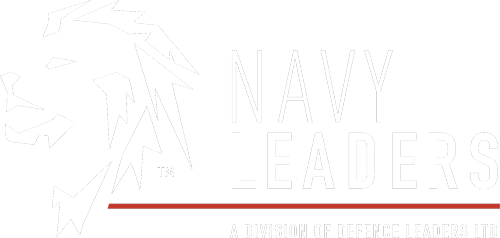US Defence Bigwig Hails Europe's "New Focus" on Nuclear Conflict Planning
)
Recent work done by NATO allies on readiness and contingency planning for conflicts involving nuclear weaponry as well as conventional armaments has been praised by a senior American politician.
Acting Assistant Secretary of Defense for Space Policy Dr. Vipin Narang was speaking on August 1 at the Center for Strategic and International Studies (CSIS), an American think tank based in Washington, D.C.
Hailing the superpower’s strong relationship with Western democracies in Europe via NATO, Dr. Narang said: “In Europe, the United States and our NATO allies have stood united against Russia's brutal war of aggression in Ukraine and its reckless nuclear rhetoric.
“NATO has renewed its commitment to nuclear deterrence, reaffirming clearly that so long as nuclear weapons exist, NATO will remain a nuclear alliance.”
He observed: “NATO has also made historic progress in adapting its operational planning processes to meet the Russian threat. As we announced in the Washington Summit declaration in July, NATO has a new generation of multi-domain defence plans to allow NATO to credibly defend allied territory with non-nuclear means.
“NATO has also stood up a parallel effort for nuclear planning to improve our readiness for a range of potential contingencies.”
In an address titled "Nuclear Threats and the Role of Allies" Dr. Narang claimed the world had entered "nothing short of a new nuclear age" and described his remarks as "sobering, but necessary."
Without identifying specific nations, he characterised this new "revisionist" landscape as featuring some players who were uninterested in arms control or risk-reduction efforts, focusing instead on rapid expansions and modernisation of their nuclear arsenals, and openly threatening to employ nuclear weapons to achieve their aims.
And Dr. Narang did explicitly slate Russia’s public pronouncements in the wake of its 2022 invasion of Ukraine, commenting: “Almost immediately, Russia began making irresponsible nuclear threats designed to deter and dissuade support for Ukraine… [It] recklessly brandished its nuclear weapons, particularly its growing stockpile of lower-yield treaty-unrestricted nuclear weapons. Russia continued rattling the nuclear sabre while it brutalised Ukraine's population and attacked its cities.”
He also cautioned that Russia was seeking to develop a new satellite designed to carry a nuclear weapon into orbit.
He observed: “All of us should be concerned with the prospect of Russia putting a nuclear weapon in space, posing a threat to satellites operated by countries and companies around the globe, as well as to the vital communications, scientific, meteorological, agricultural, commercial, and national security services upon which we all depend.”
Looking elsewhere, Dr Narang also highlighted other areas of concern. He said intelligence reports indicated that China would likely have more than 1,000 operational warheads by 2030 and that it had already begun populating “hundreds” of new ICBM silos in Western China.
And he added: “And we can't sleep on North Korea which also continues to expand, diversify, and improve its nuclear, ballistic missile, and non-nuclear capabilities.”
Dr Narang noted: “Any one of these nuclear challenges would be daunting by itself, but the simultaneity, and growing collaboration and evidence of collusion between them is unprecedented, forcing us to think in new and careful ways about challenges such as escalation dynamics and deterring opportunistic aggression in this new nuclear age.”
Part of the US Government’s “more competitive” response, said Dr Narang, was to continue to build and enhance its network of allies and partners and our extended deterrence efforts both in NATO and the Indo-Pacific “because these are our asymmetric advantage over our adversaries.”
He denied this new approach would inevitably lead to an escalation of threat levels and a return to a new arms race. He commented: “Let me be clear: competition is not a foregone conclusion — if our adversaries make different choices, so will we. But so far, they have not, and show no interest in doing so.”
Read the full speech on the US DoD website
